
Designing and building this iconic venue
1875 | The first bandstand
We don’t know exactly where the bands played in the park in the early years, but the evidence suggests that it was in the new extension on the west side of the river.
Bandstands first began appearing in public parks in the 1860s. They were usually round in shape with a conical roof held up by slim pillars to keep the bands dry. Most importantly, they were usually made from cast iron, which is probably the main reason that Glasgow became the world centre for their design and manufacture.
The most successful bandstand company was Walter MacFarlane’s Saracen Foundry in Possilpark, but George Smith’s Sun Foundry in Townhead did very well out of the bandstand boom in the late 1800s as well. Although the Saracen was more successful commercially, aficionados believe that the Sun bandstands were the best in both design and quality.
It was the Sun Foundry who were commissioned to supply the first bandstand in Kelvingrove Park in 1875. It was installed in the park extension in 1876 on the site where the statue of Lord Kelvin now stands.
Kelvingrove Park bandstand and kiosk

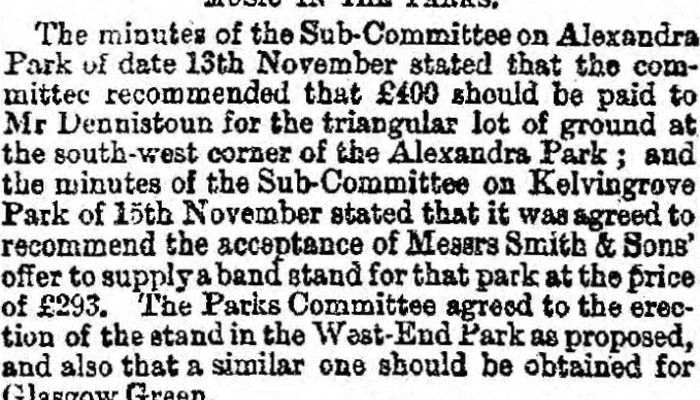
1880 | At the bandstand
Concerts at the new bandstand became incredibly popular. The season ran from May through to August and the initial two evenings a week soon increased to four, and then five.
Saturdays were most popular, often with 10,000 people in attendance, “when all the sloping pastures murmur, sown with happy faces and with holiday.”
It got so successful that in 1880 they had to build a much bigger bridge over the Kelvin for the crowds to reach the bandstand.
The number and variety of the bands performing also began to increase, as brass bands especially began to feature more and more. Like the Volunteers, these often had strong links to the city’s industry, such as the St Rollox and the Fairfield brass bands. Local choirs and orchestras also began to feature as people as more people got involved in not just listening to music, but in performing it as well.
At the bandstand
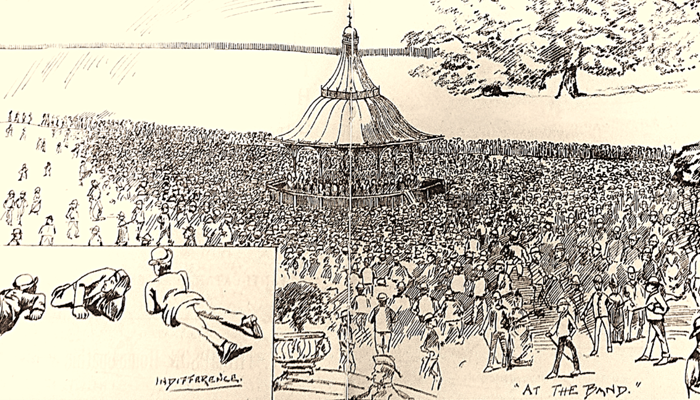
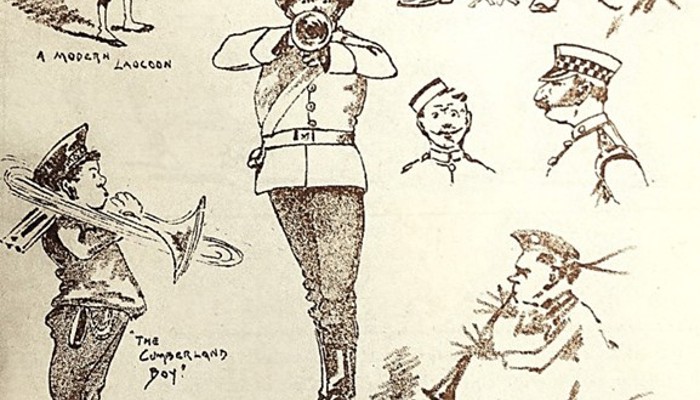
1888 | The First Great Exhibition
In 1888, Kelvingrove Park was 35 years old. It was well established as a place for a quiet walk or an outdoor musical concert, but this was the year that everything changed. This was the year that Kelvingrove hosted the first of the city’s great exhibitions and the park was transformed into the greatest show that Glasgow had ever seen. Over 5 million people visited during the summer, making it the most successful exhibition held outside of London at the time.
Huge new temporary buildings were constructed to hold all of the exhibits, including a life size reconstruction of the medieval Bishop’s Castle on the hillside below the university.
Live music was a major part of the daily calendar of events with the usual park bands joined by musicians from around Europe. The existing bandstand was renamed as the North Kiosk with a new bandstand, the South Kiosk, constructed on the other side of the river. Unlike the traditional cast iron bandstands, however, this took the form of an open-air theatre.
The site of our current bandstand beside the river was used for the exhibition’s main restaurant, The Royal Bungalow.
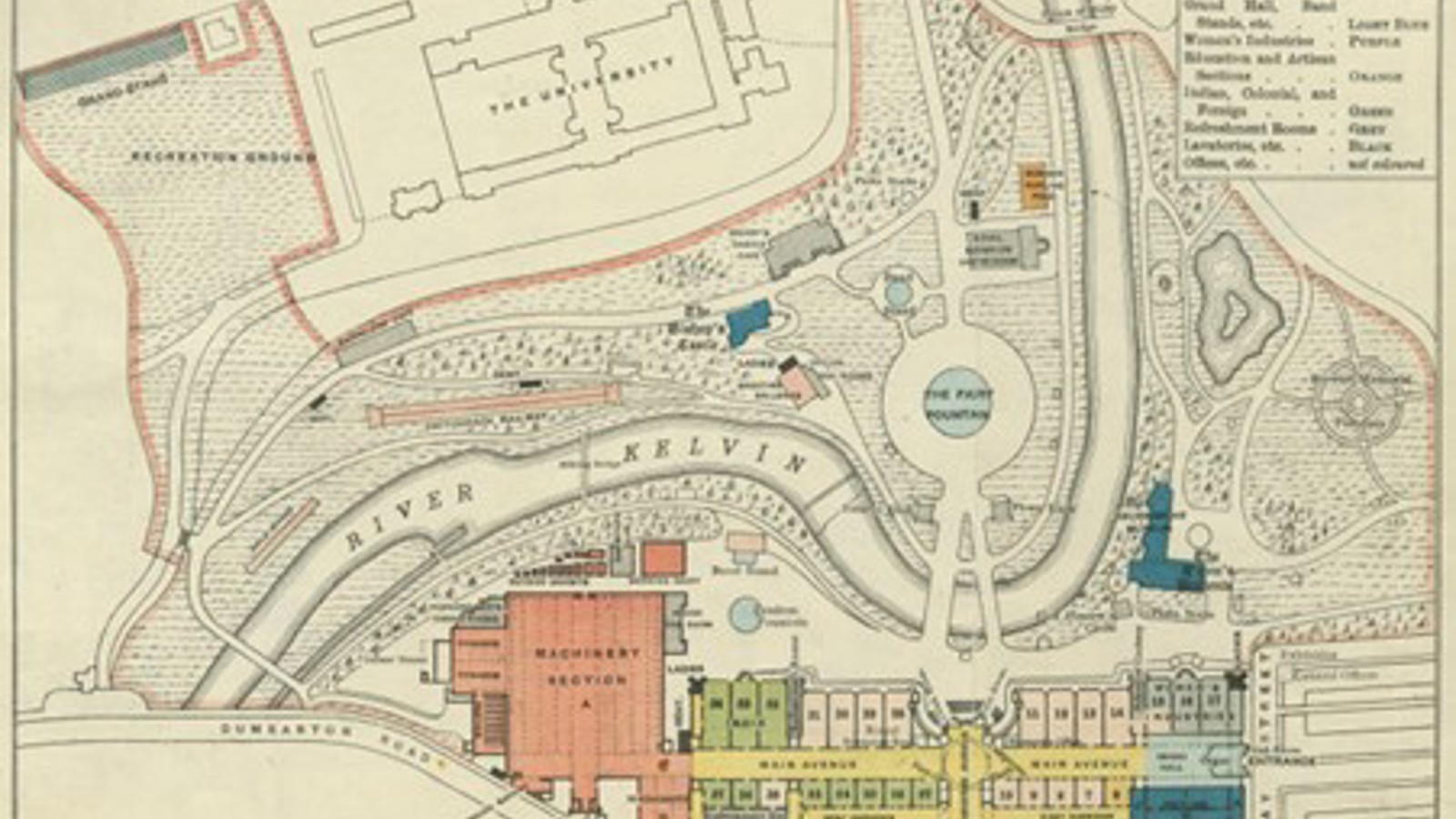
The bandstand in 1888
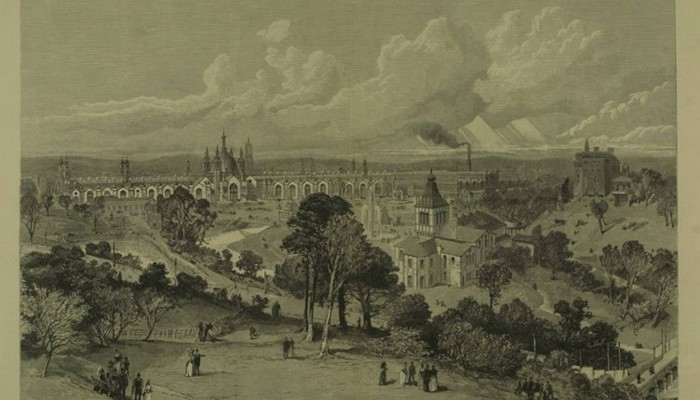

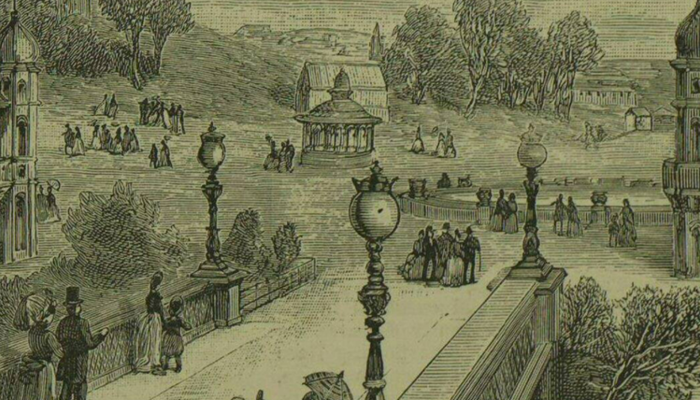
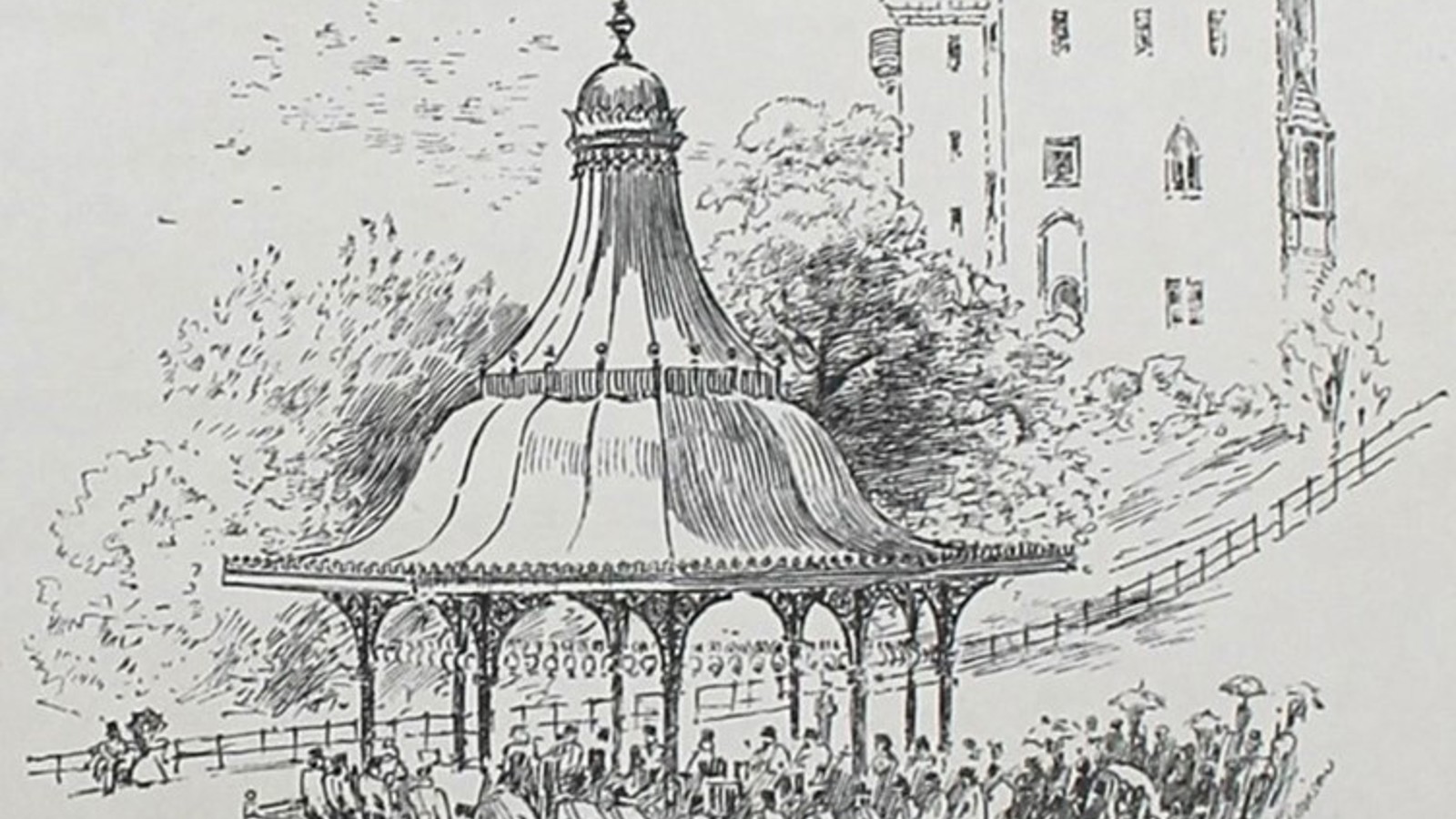
The bandstand in 1888
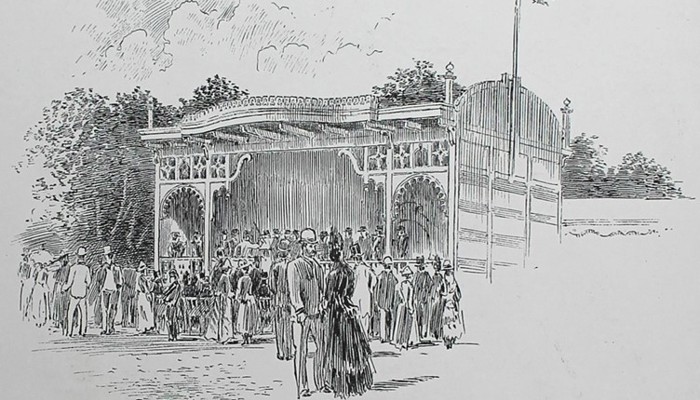
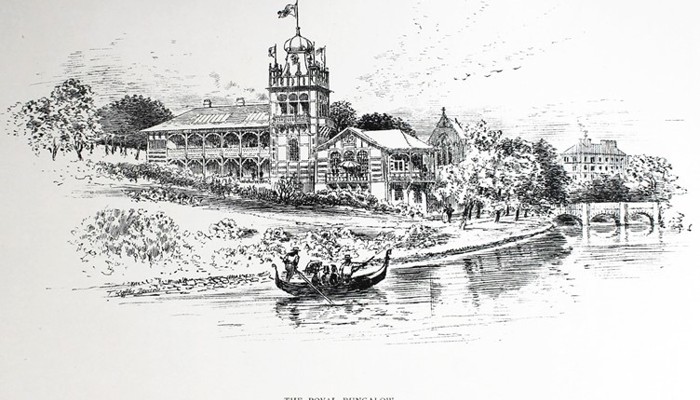
1901 | The Second Great Exhibition
The park and its music returned to normal in 1889, but the first exhibition had been such a success that it was decided to hold another in 1901. The profit from 1888 was also put towards the construction of a new art gallery and museum, with work beginning on the site in 1893.
The second exhibition was on a much larger scale than 1888 and entirely filled the park. It also attracted more than twice as many visitors, seeing almost 11,500,000 paying to attend.
The music on offer was also on a larger scale than before but, yet again, the little bandstand played a stalwart part in providing a series of live music concerts every day.
The main performance venue, however, was the massive circular Concert Hall which held almost 4,500 people. There was also the Open Air Theatre that was built in front of the new Art Gallery and Museum. It was designed to look like a shell, concentrating and projecting the sound of the music out towards the audience. The most famous shell bandstand in the world is the Hollywood Bowl, but its shell was constructed in 1926, a quarter of a century after Kelvingrove's.
The Second Great Exhibition
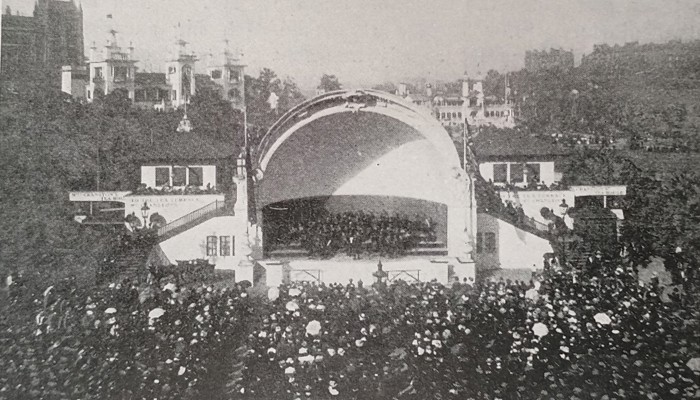
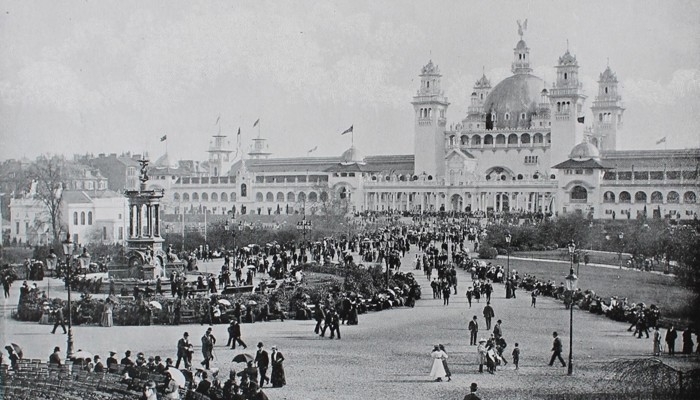
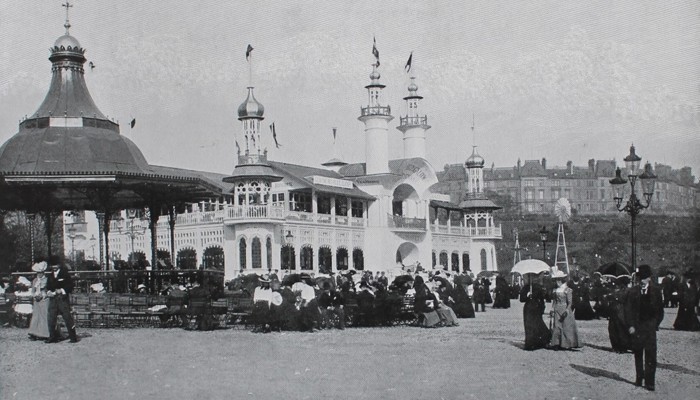
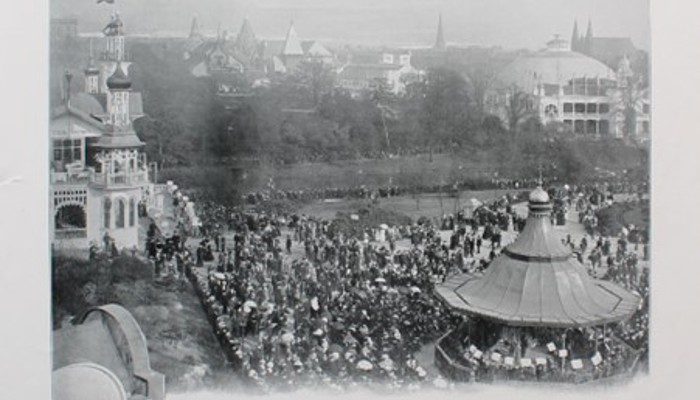

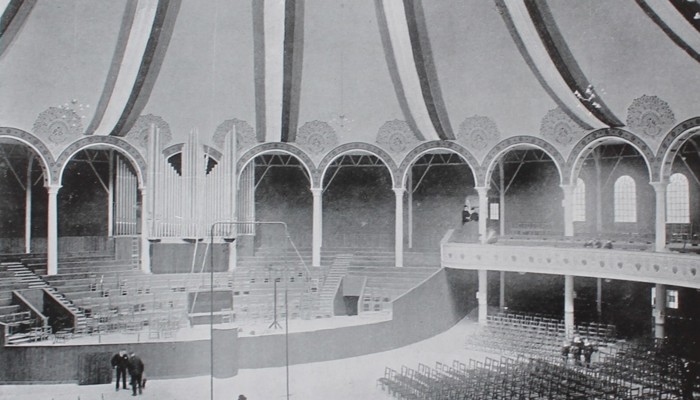
1911 | The Third Great Exhibition
As in 1889, in 1902 all of the main buildings were soon removed and the park and the bandstand and its music returned to normal service again. But everything was to change yet again when the third great exhibition was held in the park. This was even bigger in scale than before, attracting 9.4 million visitors.
As in 1901, the whole park was taken over and huge new buildings filled almost every square metre of available space.
The result was that the old bandstand was taken down after over 35 years of service. However, a new bandstand was built to replace it down beside the river. The natural slopes beside it were used to construct an amphitheatre for the audience. This was the first bandstand and amphitheatre built on the site of our bandstand today. As you can see from the photos though, it was still designed in the traditional style.
The Bandstand in 1911



As in the previous exhibitions, the bandstand was only one of the musical venues in the park in 1911. There was a much bigger amphitheatre built on the other side of the river below the main restaurants on the slopes below Park Terrace.
Other musical venues in the park
The Garden Club on the left and Music Court in the Palace of Industry, which stood where the tennis courts are today.
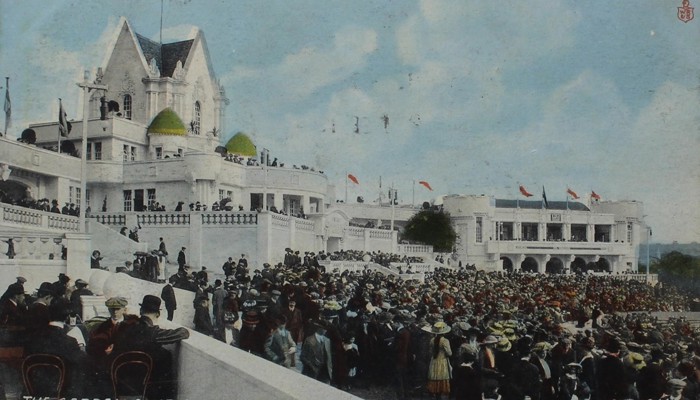
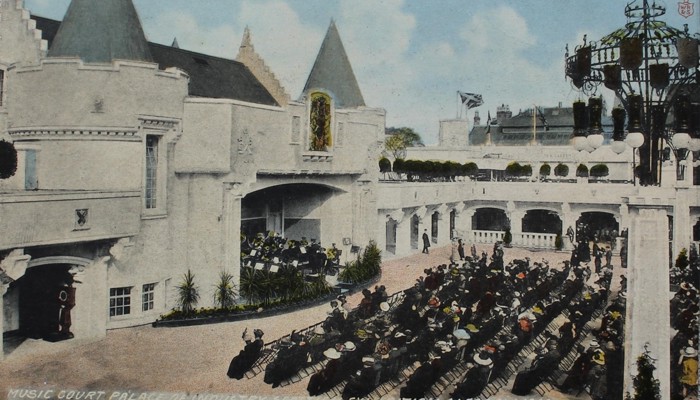
The Roaring Twenties
The 1911 exhibition was the last to be held at Kelvingrove Park. After all the buildings had been cleared all that was left was the new bandstand and its amphitheatre.
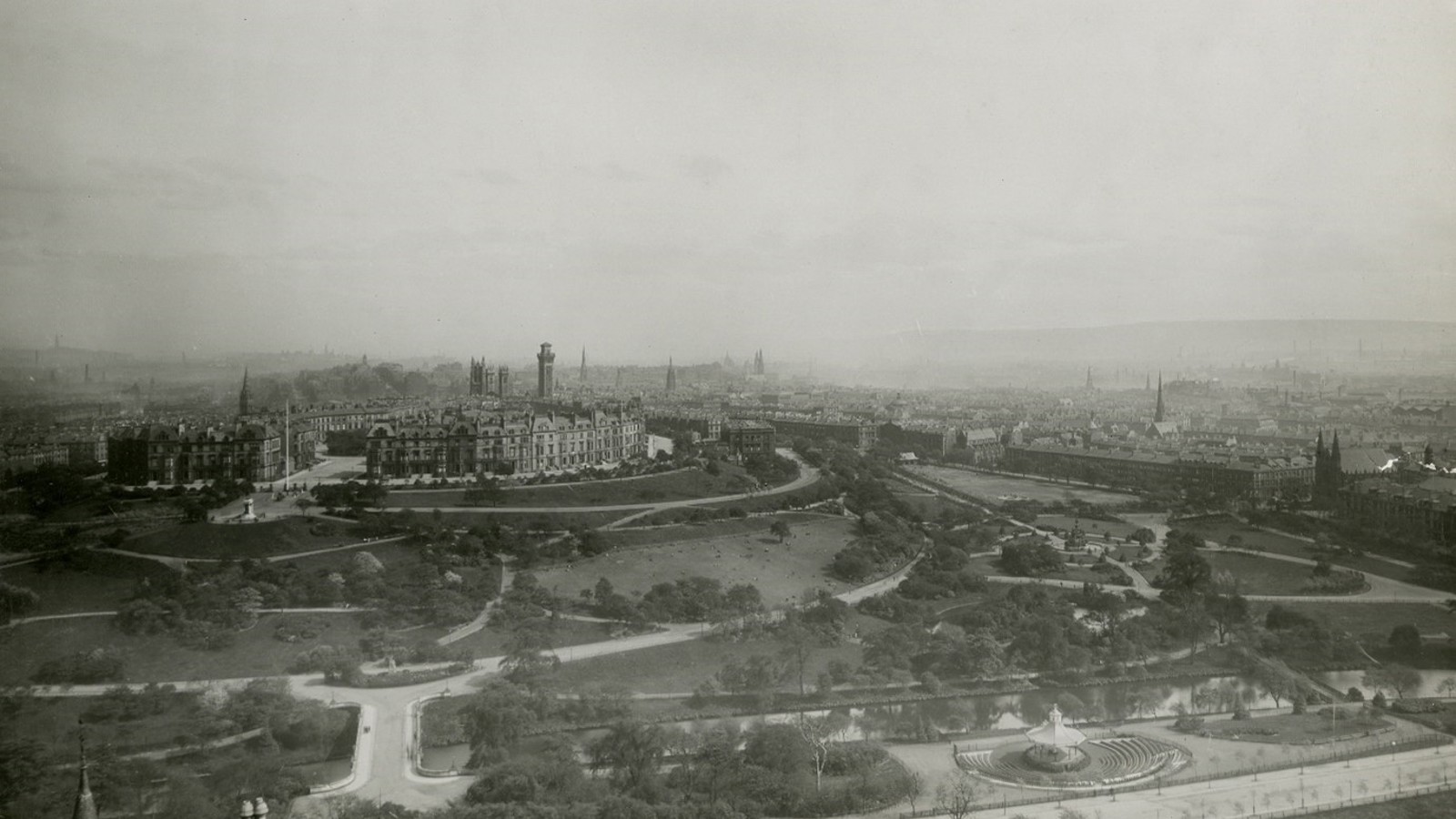
The times they were a-changin’ though, and very quickly. After the First World War the city was swept along into the Roaring Twenties.
Glasgow Council built the first Kelvin Hall in 1918 as a permanent exhibition centre. It burned down in in 1925 but was replaced by the current building two years later and it soon became the city’s main municipal entertainment centre, holding all sorts of events.
In the park, the council built tennis courts, expanded the bowling greens and added three children’s playgrounds - quite a change from the original sedate Victorian ‘look but don’t touch’ park.
The competition for people’s leisure time increased dramatically. Cinema and radio arrived and soon became the favourite way for many people to spend their free hours. Gramophones brought recorded music into people’s own homes for the very first time.
In response there was a lot more variety at the bandstands with costumed concert parties, choirs and orchestras appearing more and more. This was so successful that they had to increase the size of the amphitheatre to accommodate all the people who wanted to attend these new shows.
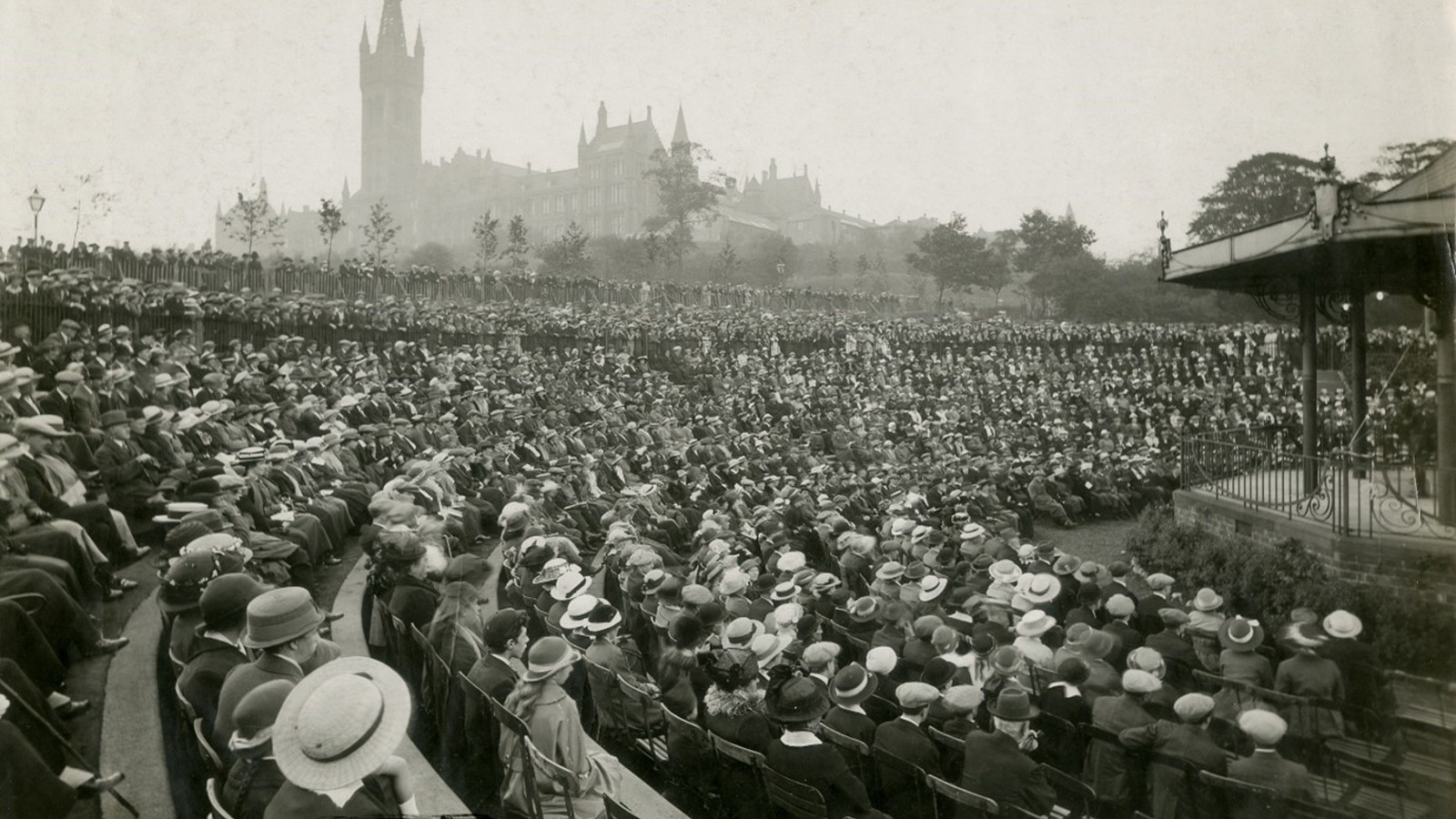
1924 | Our Bandstand
With so much change it’s probably no surprise that it was decided that the old Victorian style of bandstand in the park was too small and no longer suited to the more theatrical performances which were being staged there. In August 1923 a proposal was put to the Council to build a new ‘super bandstand’ with seating for 4,500 and standing room for another 15,000.
This mega-scheme was rejected but they did approve a scheme to build what was to become the bandstand that we have today. The old 1911 bandstand was sold to Stonehouse Parish Council and re-erected in the Alexander Hamilton Memorial Park where it still stands today.
Construction of our bandstand began in 1924 and it was officially opened in May 1925. The first concert appears to have been Clydebank Burgh Brass Band on Sunday 17th May.
Original design drawings
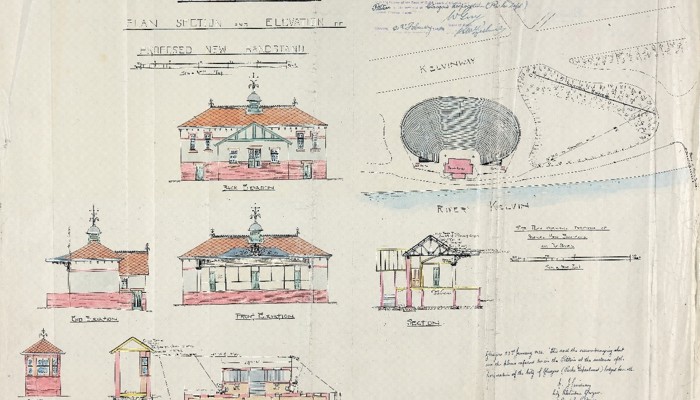

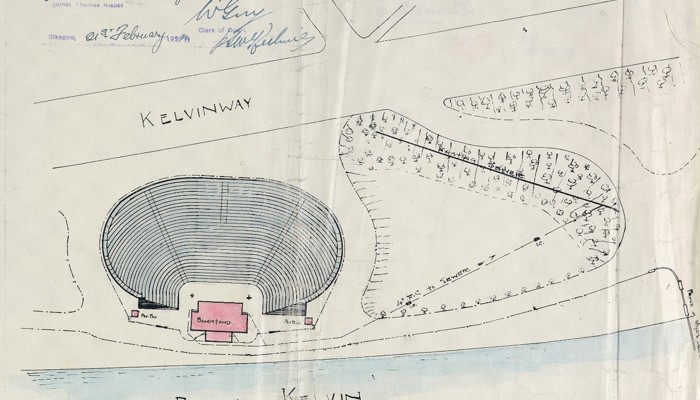
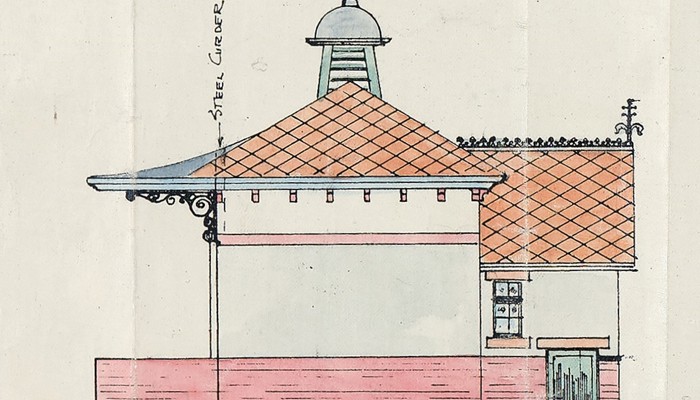

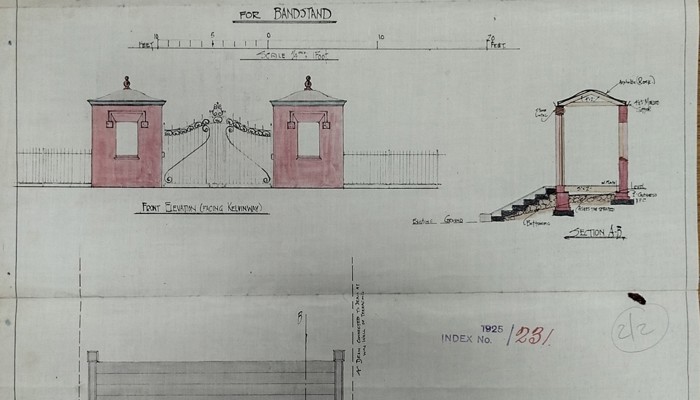
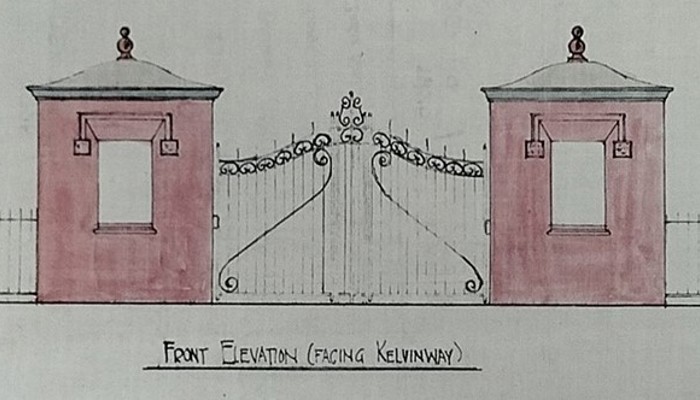
Next
-
The events and performers
Discover who's graced the stage at Kelvingrove bandstand

